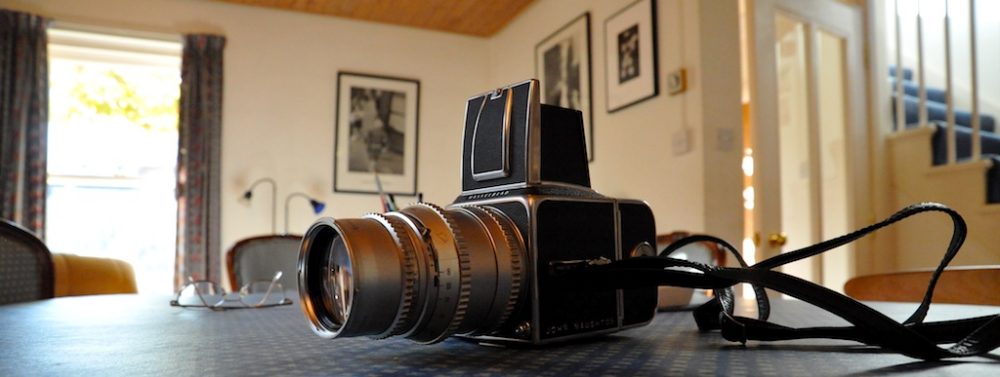Terrific post on Nicholas Carr’s Blog about what the Net is doing to newspapers. Sample:
Traditional newspapers sold bundles of content. Subscribers paid to get the bundle, and advertisers paid to have their ads in the bundle, where those readers would see them. In effect, investigative and other hard journalism was subsidized by the softer stuff – but you couldn’t really see the subsidization, so in a way it didn’t really exist. And, besides, the hard stuff contributed to the value of the overall bundle.
That whole model has been slowly unraveling for some time, but the web tears it into tiny little pieces. Literally. The web unbundles the bundle – each story becomes a separate entity that lives or dies, economically, on its own. It’s naked in the marketplace, its commercial existence meticulously measured, click by click. Advertisers, for their part, pay not to be seen by a big group of readers, but to have their ads clicked on by individual readers. They’ll go where the clickthroughs are. Clickthroughs themselves are priced individually, depending on the content they’re associated with. As for readers, they’re not exactly trained or motivated to pay to read anything online. The economic incentives created by the web model are very different from those of the old print model – and it’s economic incentives that ultimately determine business decisions.
